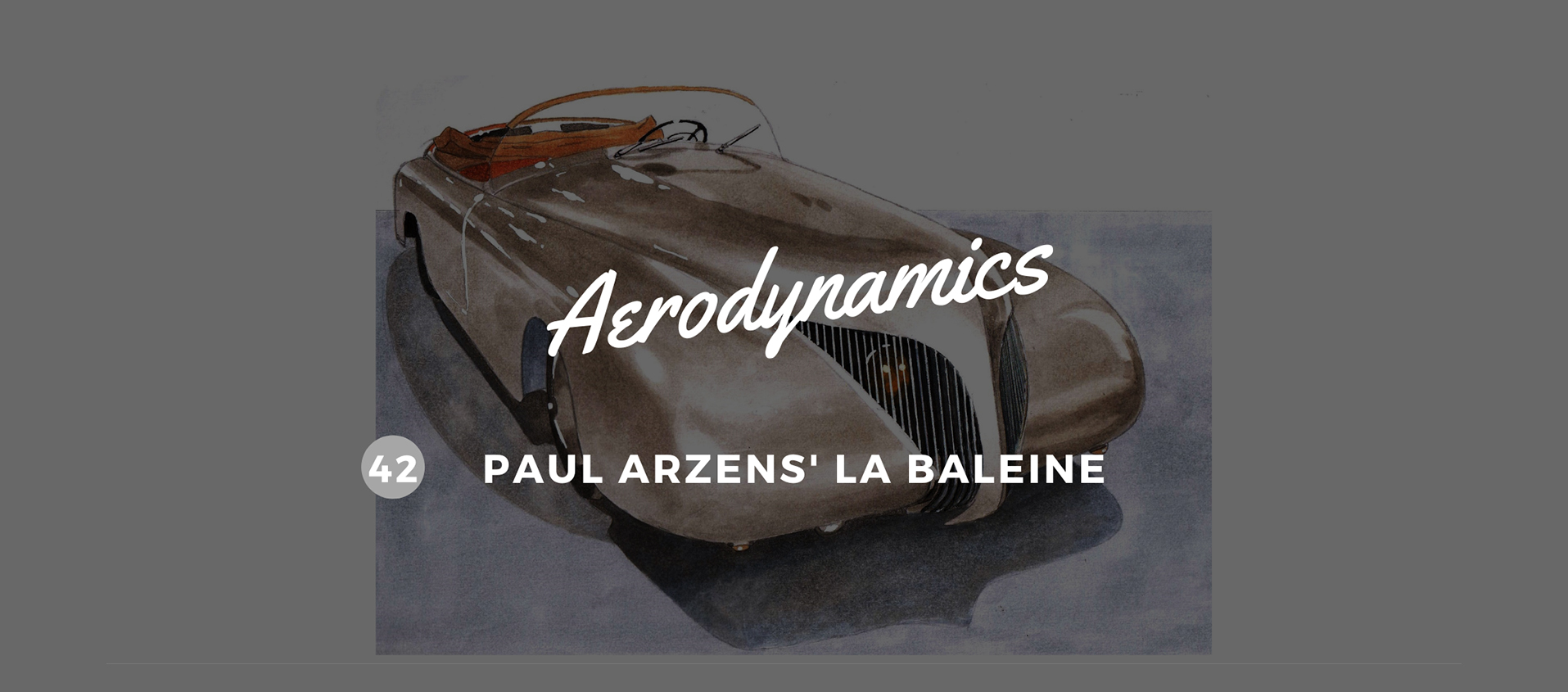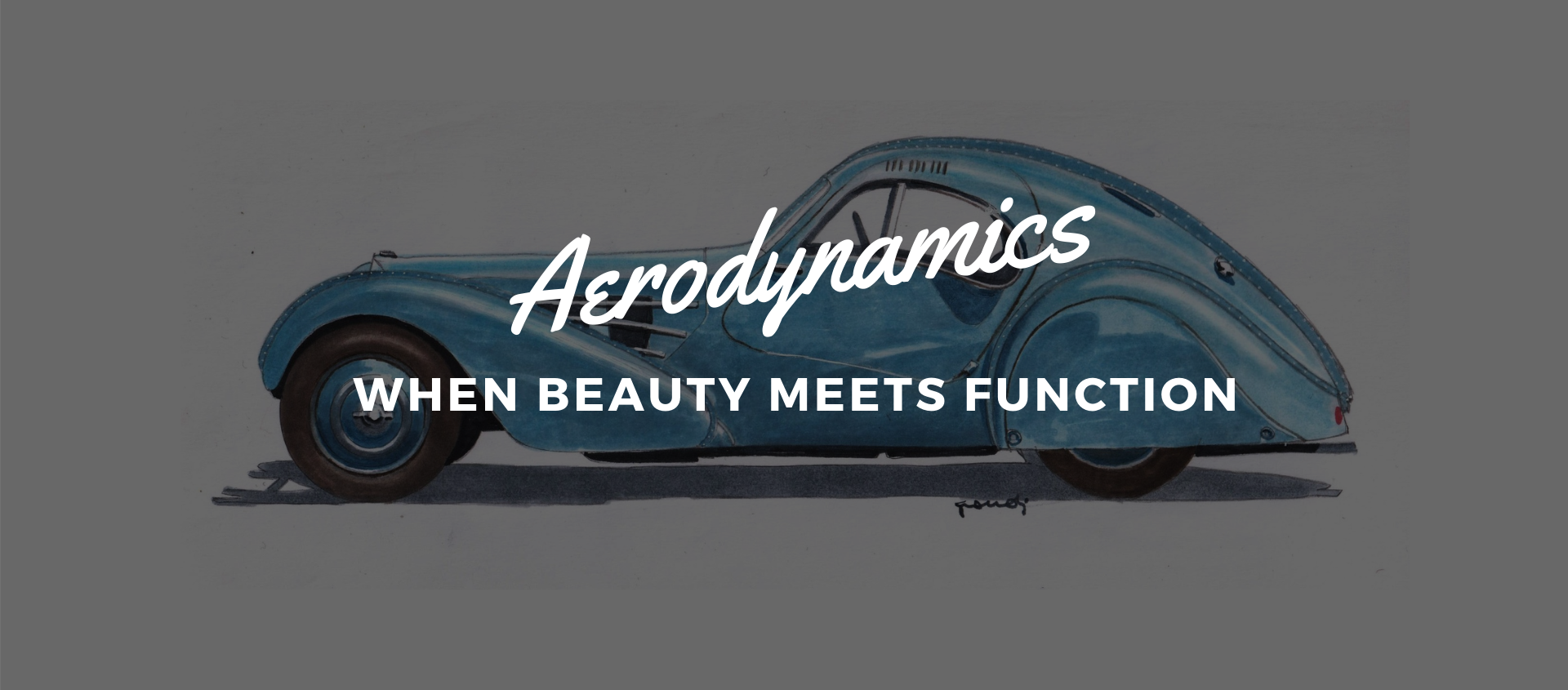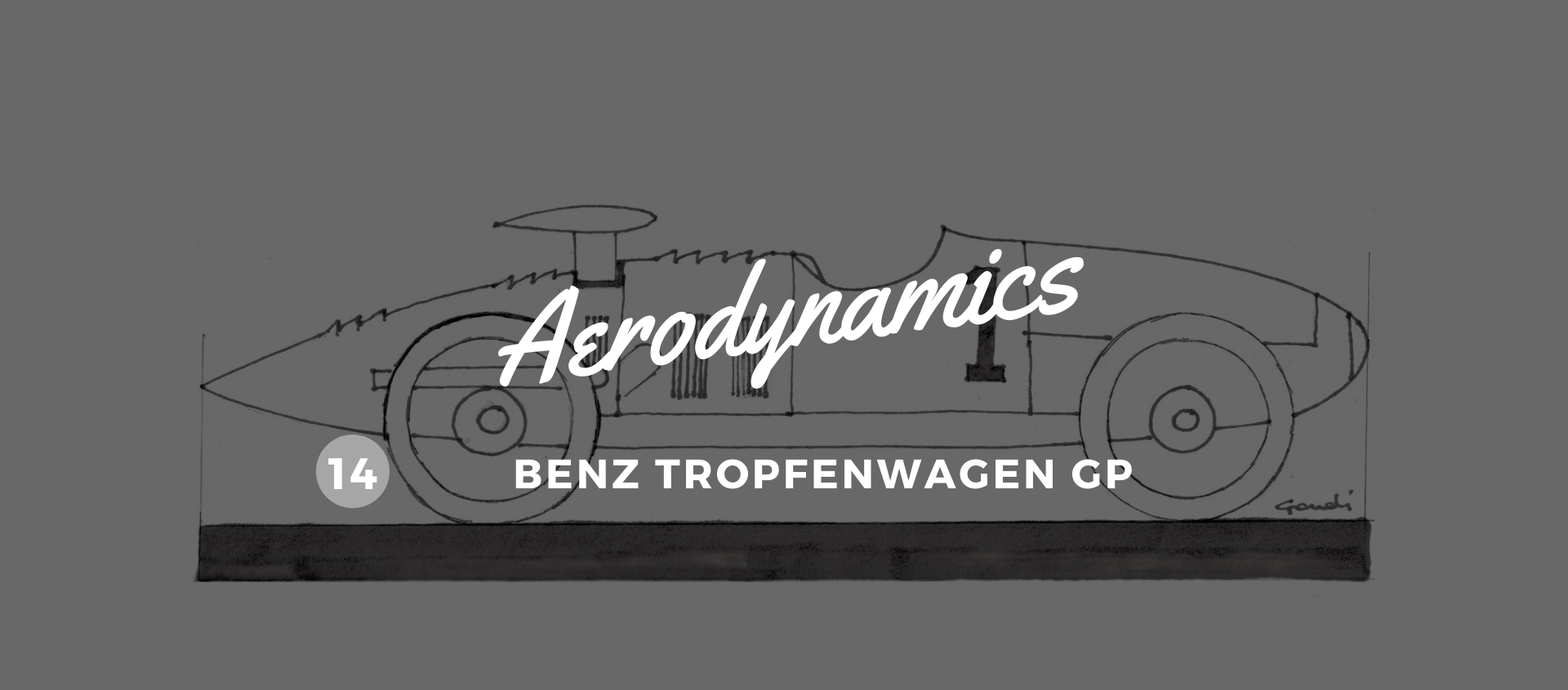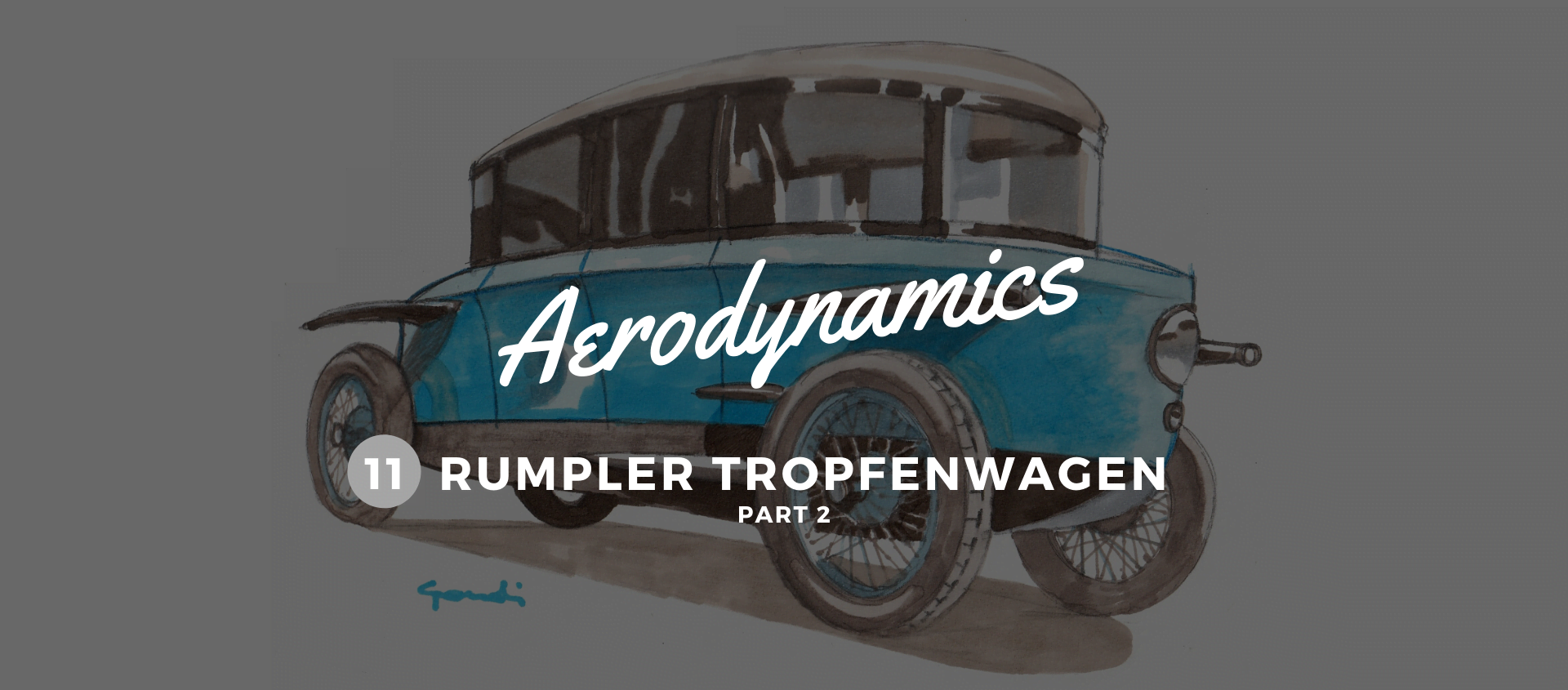Absolute opposites
23 November 2020 1 min read 5 images

Those blessed with genius are always ahead of the field, often too much, but they tend to drag the rest in their wake. Take Paul Arzens, for example, who, in 1938, as a young Parisian artist, built a spectacular roadster on a Buick chassis.
Register to unlock this article
Signing up is free and gives you access to hundreds of articles and additional benefits. See what’s included in your free membership. See what's included in your free membership.
Already have an account? Log In


